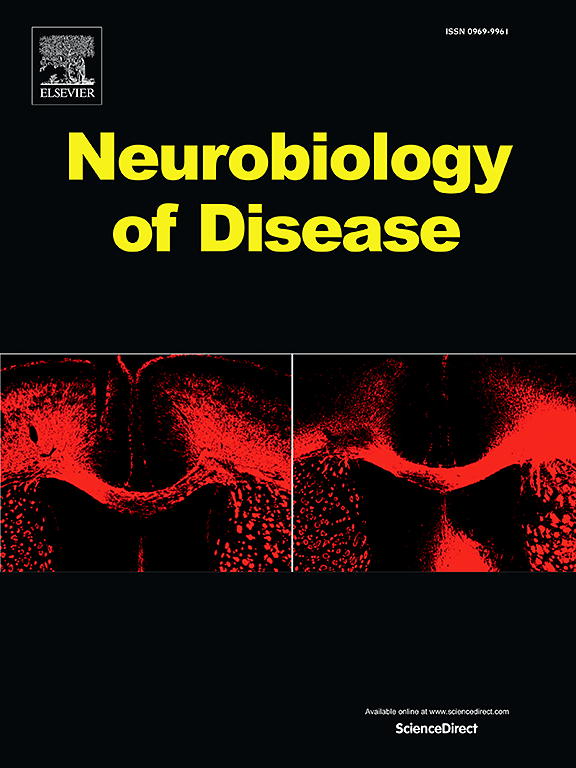Abnormal neuronal activity in the subthalamic nucleus contributes to dysarthria in patients with Parkinson's disease
IF 5.1
2区 医学
Q1 NEUROSCIENCES
引用次数: 0
Abstract
Background
This study investigated the subthalamic nucleus (STN) function and deep brain stimulation (DBS) effects on single-unit activity (SUA) in Parkinson's disease (PD) patients with dysarthria.
Methods
After presurgical speech analysis, we recorded STN neuronal activities while PD patients (n = 16) articulated Chinese Pinyin consonants. The Pinyin consonants were categorized by the manner and place of articulation for SUA cluster analysis. The cohort was then divided into normal articulation and dysarthria groups based on diadochokinetic (DDK) assessments. The STN SUA patterns, represented by the mean firing rate (FR), peak time, and response intensity during articulation, were analyzed and compared between the two groups. Finally, a stimulation cohort of 7 PD patients was included to test articulation and SUA pattern changes following intraoperative DBS.
Results
Clustering analysis of STN neuronal firing patterns demonstrated that neurons encode articulation by grouping consonants with the same manner of articulation into distinct clusters. Using k-means clustering, we further classified SUAs into two waveform types: negative spikes (type 1) and positive spikes (type 2). Dysarthria patients exhibited an increased mean FR of type 1 spikes and a reduced response intensity of type 2 spikes. During intraoperative stimulation, PD patients showed accelerated DDK, accompanied by a decrease in type 1 mean FR and an increase in type 2 mean FR.
Conclusion
Our findings indicate the crucial role of the STN in consonant encoding and dysarthria at the single-unit level. Both SUA firing patterns in the STN and DDK performance can be modulated by DBS.
求助全文
约1分钟内获得全文
求助全文
来源期刊

Neurobiology of Disease
医学-神经科学
CiteScore
11.20
自引率
3.30%
发文量
270
审稿时长
76 days
期刊介绍:
Neurobiology of Disease is a major international journal at the interface between basic and clinical neuroscience. The journal provides a forum for the publication of top quality research papers on: molecular and cellular definitions of disease mechanisms, the neural systems and underpinning behavioral disorders, the genetics of inherited neurological and psychiatric diseases, nervous system aging, and findings relevant to the development of new therapies.
 求助内容:
求助内容: 应助结果提醒方式:
应助结果提醒方式:


